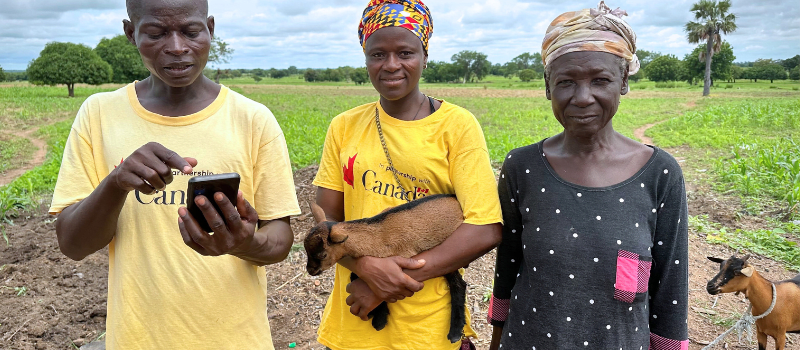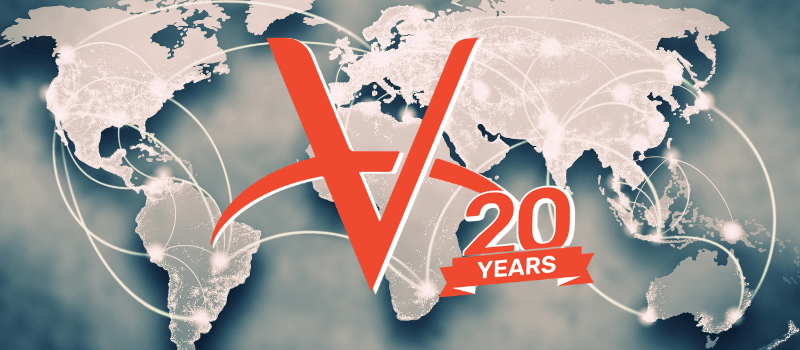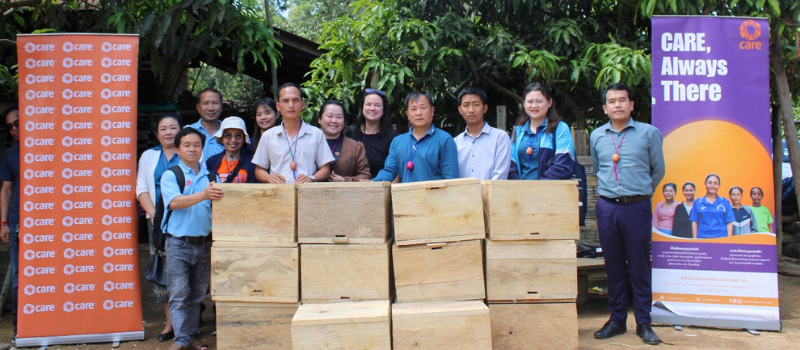At Veterinarians Without Borders North America (VWB), our team members and volunteers are often on the frontlines of building capacity for animal health through trainings and other veterinary services aimed at keeping animals and communities as healthy as possible. Because of this incredible and varied community of voices, VWB has launched 'Ask an Expert' — a blog dedicated to featuring community members and their varying experiences in the animal health space.

Our latest expert is John Peaveler, VWB's International Companion Animal & Humanitarian Response Specialist. With over 19 years of global experience, John specializes in the fields of free-roaming animal management, disaster response, and animal handling and capture. He has worked with VWB to implement multiple emergency response strategies for natural disasters, such as wildfires and earthquakes, and helped to develop an emergency response checklist that pet guardians can use to prepare their animals for emergencies and evacuations.
In this interview, John shares his expertise working in emergency response efforts, including for both animals and the people who are helping them.

Q: What unique challenges have you faced while providing emergency response for animals in extreme weather events?
A: There's not one simple answer to it; every incident is a little bit different. One of the first things that is immediately apparent for any group focused on animals is that there's a huge human component for most disasters, so we want to make sure that our response is appropriate. Animals matter -- they matter as companions, they matter as food, but human life safety takes precedent. We want to make sure there's a holistic response to looking at the needs of people and animals in an appropriate way and in the right order. We also want to make sure our staff and volunteers, who we might be sending to a disaster, are safe. Extreme weather can mean a lot of different things and a lot of different circumstances. Often times, it's very windy or it's extremely hot or extremely cold, and those present challenges for animals and maintaining their health, and also presents problems for staff. There's often not electricity or forms of communication, and often times the human medical system has broken down — so, in these circumstances, there are a lot of challenges.
Q: From your experience, what are the most critical resources or forms of support lacking in communities during emergencies to address animal evacuations and/or animal health?
A: I've served communities that are very small and isolated, and communities that are very large; so, the disparity of resources can be very different. One of our concerns is always disease outbreaks and making sure that vaccines are available, there are treatment options, and there's good biosecurity for animals, and that can be quite complex in a disaster environment. Medicines is a crucial piece, and if the supply-chain is broken down or it's a very isolated community, it's always a challenge to get resources to a community. Crates are always a problem. If we're doing any type of evacuations, housing the animals is always a challenge. One of the core challenges we face is manpower; there's a lot of interest and motivation early on where people want to get involved and engaged, and as an emergency manager, we're looking at 'what is an appropriate role for someone based on their experience', so we have to shuffle through people and assess who are the right people early on. However, come three to four weeks on, depending on how many animals were displaced, we have a critical shortage — we can go from a surplus of people that want to help to a real shortage, including funding. Funding is a crucial one from the very beginning — making there are enough resources to provide the aid that's needed. We need to get into a disaster zone early to figure out what the problems and challenges are, along with the needs of the animals. Then it's the resource question of — here are the needs; here are the number of animals, the type of animals, and the issues that they're facing, and how do we address these issues, along with can we afford to?
Q: How do cultural considerations influence the delivery of veterinary services during emergencies, and what strategies do you employ to ensure respect for local customs and traditions?
A: Every community is different and there's really no version of disaster response where outsiders should just show up and do whatever they think is right. Depending on the country, there are actual legal constraints, you can't just show up in a disaster zone and do what you want. You have to work with an agency that has the appropriate jurisdiction or authority to actually be there. You may need to be invited, you may need to get government visas to be in the country. It starts by connecting with the people who have responsibility for the disaster response; there's always a partner on the ground, it's not a matter of us just showing up. Once we've found that partner, as a matter of policy we're going to listen to that partner to understand what their needs and values are. We respect that input; it's definitely not a one-size-fits-all approach. Different communities are going to have different rules and different beliefs and different customs, and we're very localization-driven as an organization. We're adding in what [our partners] already bring to the table, and hopefully through our expertise, we're also able to help elevate the work that they're doing and help them prepare for future disasters, as well.
Q: Do you have a significant memory that has stayed with you from your time working in the animal health space?
A: The disaster that sticks out the most for me is the ongoing invasion of Ukraine. The impacts have been so profound in so many ways for so many people and animals. VWB's response has been very holistic, which is a big driving force for the organization, but also personally, I've seen many different versions of response and I think response is the most impactful when we're listening to local partners and local communities and listening to what their needs are, while trying to meet those needs as holistically as possible. It's one thing to specialize in a few different areas, it's another thing to say 'this is the thing we're giving you whether you need it or not'; our approach is much more holistic than that. I spent some time in the deoccupied zone in the south part of the country, an area that had been controlled by the Russians until Ukrainians reclaimed those areas. These communities are completely destroyed and quite isolated; most of their infrastructure has been destroyed. Being able to go to a place like that and understand what people have been going through, and to find creative ways to meet their needs, is very impactful.
Q: How is technology being used to support emergency efforts for animals?
A: One really important component to disaster response in 2024 is that there's a lot of emerging technology that can help us a do a better job of disaster response. A couple things that stand out: we've been talking with PetCo Love who run a program called PetCo Love Lost, which uses facial recognition to attach animals to their humans, so that if that animal shows up in a shelter or rescue we can match a photo to an owner. We can do reunification more quickly. And, that works day-to-day if you lose your animal, but it's really important technology during a disaster. We've also been working with a platform called Shelterly that's designed to organize animal information during disasters, there's a lot of calls for help from different sources that, there's a lot of information coming in that we're looking at the resources and needs in the community, and we're able to triage calls, we're able to weed out duplicates, a lot of need to organize information. And then, once you're receiving animals, you may be getting a couple hundred animals or, at a large size events, you could be getting thousands. We want to be sure we know where animals are coming from and owner information, medical information, if it's eating, if it's drinking... ultimately, we want to be able to get animals back home again. There's a lot of use of drone imagery now, both to map out fires and other incidents so we can see the size of the incident and if there animals involved, including their species and movement patterns. This will help us formulate a rescue and care plan.
Learn more about how you can help animals during emergencies.





